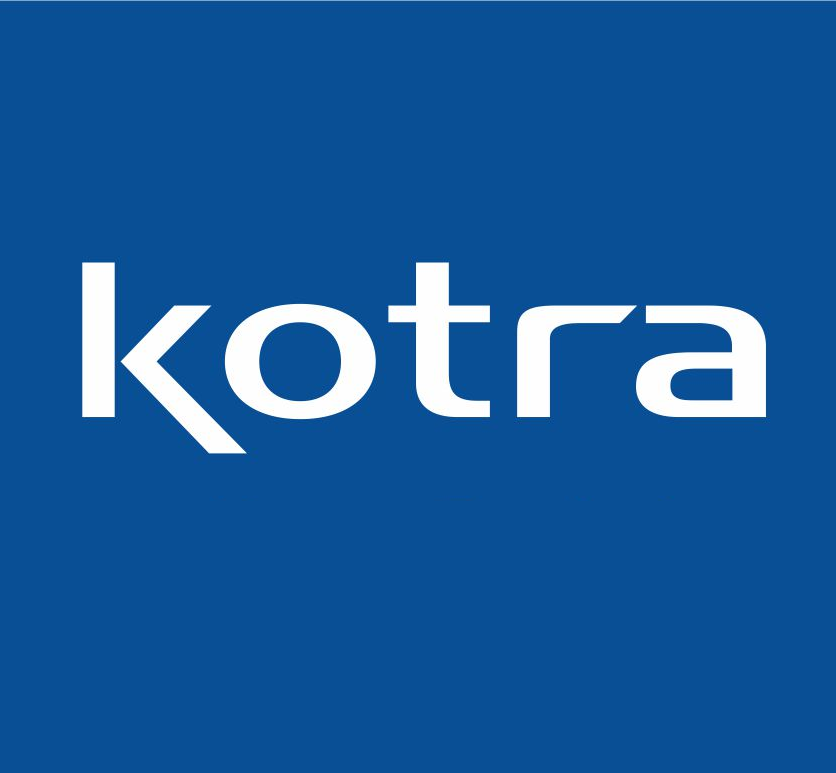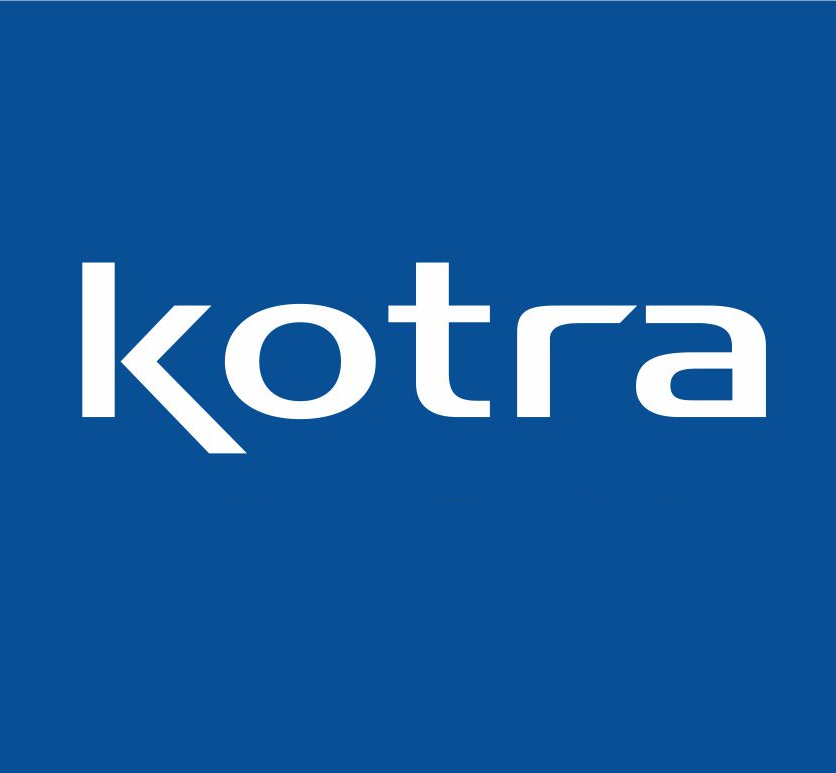The metal matrix composites (MMC) market is gaining attention not only for its technological benefits but also for its economic and industrial significance. As global industries undergo transformations to meet sustainability, efficiency, and innovation goals, MMCs are becoming a strategic asset that supports both performance and cost-effectiveness.
Economically, metal matrix composites reduce the overall lifecycle cost of products. While initial production costs are higher than conventional metals, the durability, lightweight properties, and low maintenance requirements of MMCs result in significant long-term savings. For instance, in aerospace and automotive applications, reduced fuel consumption and extended component life outweigh the initial investment, making MMCs an economically viable solution.
Industrially, MMCs are enabling breakthroughs in multiple sectors. Aerospace companies rely on MMCs for turbine components and structural parts that can endure extreme conditions. Automotive industries adopt MMCs in braking systems and engine components to reduce weight and enhance safety. Electronics manufacturers use MMCs in thermal management systems, ensuring stability in high-performance devices. The versatility of MMCs demonstrates their broad industrial significance.
Defense is another sector where MMCs have proven indispensable. Armored vehicles, naval equipment, and protective systems benefit from the toughness and high-temperature resistance of composites. With governments investing in modernization programs, demand for MMCs in defense applications is steadily rising.
The economic benefits extend to job creation and regional development. Investments in metal matrix composites research, manufacturing facilities, and supply chains create opportunities in engineering, R&D, and skilled labor. This stimulates local economies, particularly in regions with strong aerospace, automotive, and defense industries.
Technological advancements are further improving the market’s economic appeal. Additive manufacturing and powder metallurgy are reducing costs and enhancing scalability, making MMCs more competitive with conventional materials. Meanwhile, the integration of nanotechnology is opening new markets in electronics and high-tech industries.
North America and Europe dominate the metal matrix composites market economically due to established aerospace and defense sectors. However, Asia-Pacific is rapidly emerging, with growing automotive production, industrialization, and defense modernization contributing to strong demand.
Challenges such as high production costs and limited commercialization remain, but ongoing research and collaborative efforts are addressing these barriers. Public and private investments are focused on scaling up production and enhancing cost efficiency, ensuring broader adoption in the future.
In conclusion, the metal matrix composites market holds significant economic and industrial importance. Beyond their technical superiority, MMCs contribute to sustainability, cost reduction, and industrial advancement. As industries embrace innovation, the MMC market will continue to expand, driving both economic growth and technological progress.


